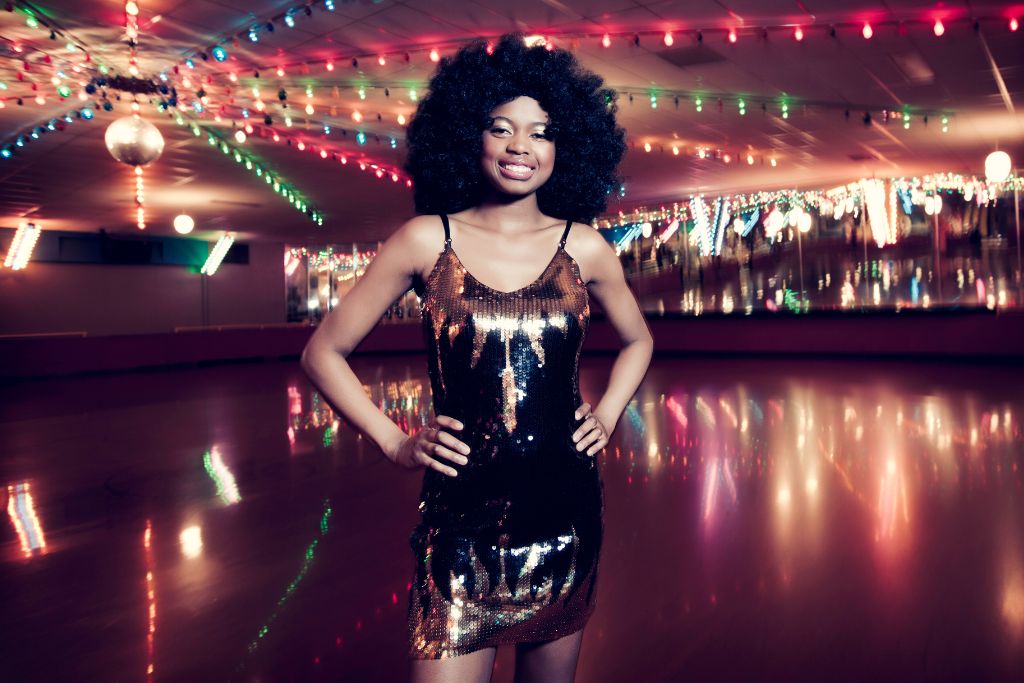Music has always had an incredible appeal, but the sounds, formats, trends, genres, technologies, and instruments involved in it are in a constant state of change.
For example, in the 1960s, rock concerts were popular and stadium tours became the norm. Bands began experimenting with their shows, focusing on elements beyond the music and bringing in special effects like lights and lasers.
Early Concerts
Concerts have been a part of our culture for centuries. They are a great way to experience music and learn more about your favorite artists.
There are many different types of concerts, including orchestral and solo performances. Some are smaller and only have a few musicians performing, while others are much larger and feature an entire orchestra or band.

In the early 20th century, music performance began to change. During this time, musicians began to experiment with overdubbing, which allows them to play back their recordings and blend them together into a single song.
Some musicians also became more focused on interpreting the music they were performing. These musicians would look at art, poetry, biography, and cultural history to help them understand the piece they were playing.
The Renaissance
During the Renaissance, music became an important part of civic and religious life. It was also a means of personal expression. The era brought changes to musical theory, instrumentation, and performance.
The Renaissance also saw the development of opera. It merged poetry and music into theatrical works with dialogues, songs, and dance accompanied by musical instruments.

A large quantity of Renaissance music exists in notated form. It includes masses, motets, madrigals, and other secular and sacred forms of music.
The 1970s
The 1970s were a decade that spanned political and economic turmoil and also witnessed a major shift in the way music is performed. Concerts became more complex and more entertaining than they had ever been, with bands performing in stadiums and incorporating elements such as light shows and laser effects into their concerts.
The decade also saw a shift in popular music from narratives that addressed social issues to musicians producing for the sake of making music. This paved the way for an explosion in the recording industry’s growth and popularity.

The decade also saw a rise in disco dance music, which became popular across Europe. However, many hard-rock fans were dissatisfied with this trend and began to engage in protests against it.
The 1980s
Music performances in the 1980s changed dramatically. The new era brought many changes to the music industry and artists made many innovative moves.
The decade opened with glam rock, a genre characterized by outrageous costumes and pageantry, followed by disco, which took over the airwaves in the second half of the decade. R&B, funk, reggae, and southern rock also emerged as prominent genres during this decade.

Grunge, a form of alternative rock, also emerged in the mid-1980s. It was influenced by punk, and it came to prominence in Seattle. Its pioneers were often dressed in disheveled clothing and wore dirty hairstyles, and it had a sludgy, distorted guitar sound.
The 1990s
The 1990s saw two waves of change that impacted concerts. First, artists began to experiment with lights and special effects to attract audiences.
In addition, performers started to use a technique called overdubbing to create a more complete performance. This method involved playing back a previously recorded tape through a mixer, then mixing the resulting sound with live music to create a more complete recording.

Musicians also took part in a number of causes, including the Tibetan Freedom Concert. This event raised awareness of the human rights violations of the Chinese government.

Leave a Reply